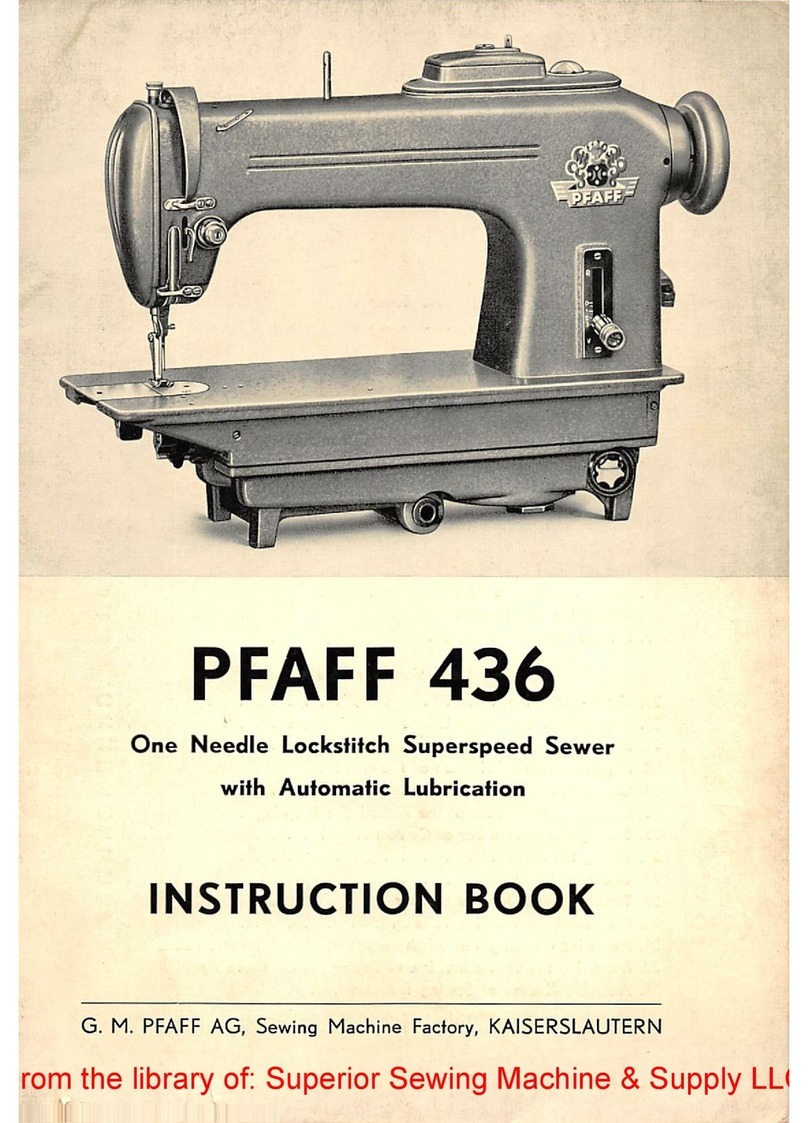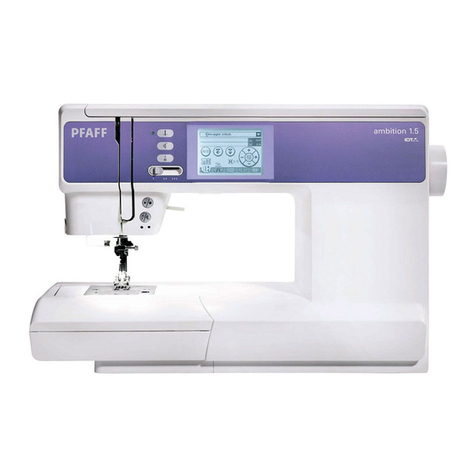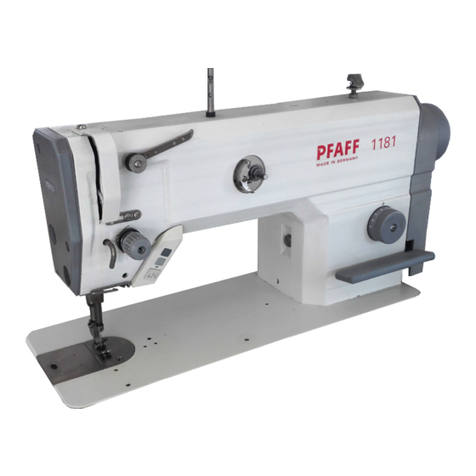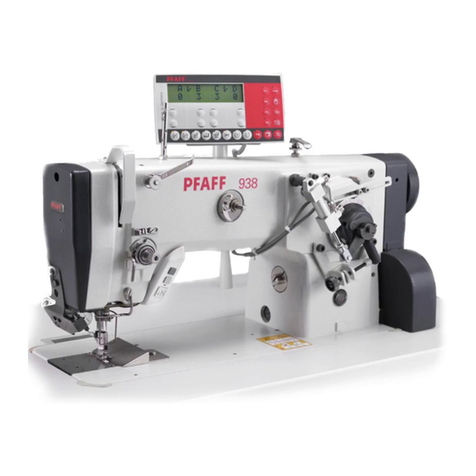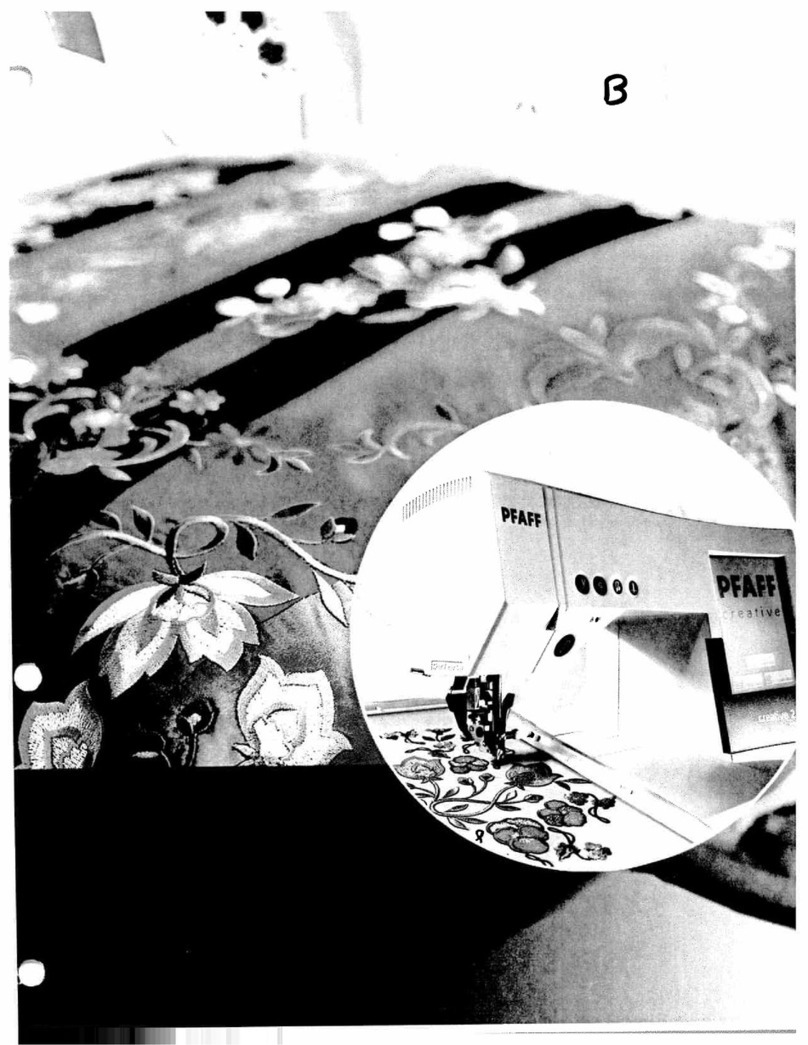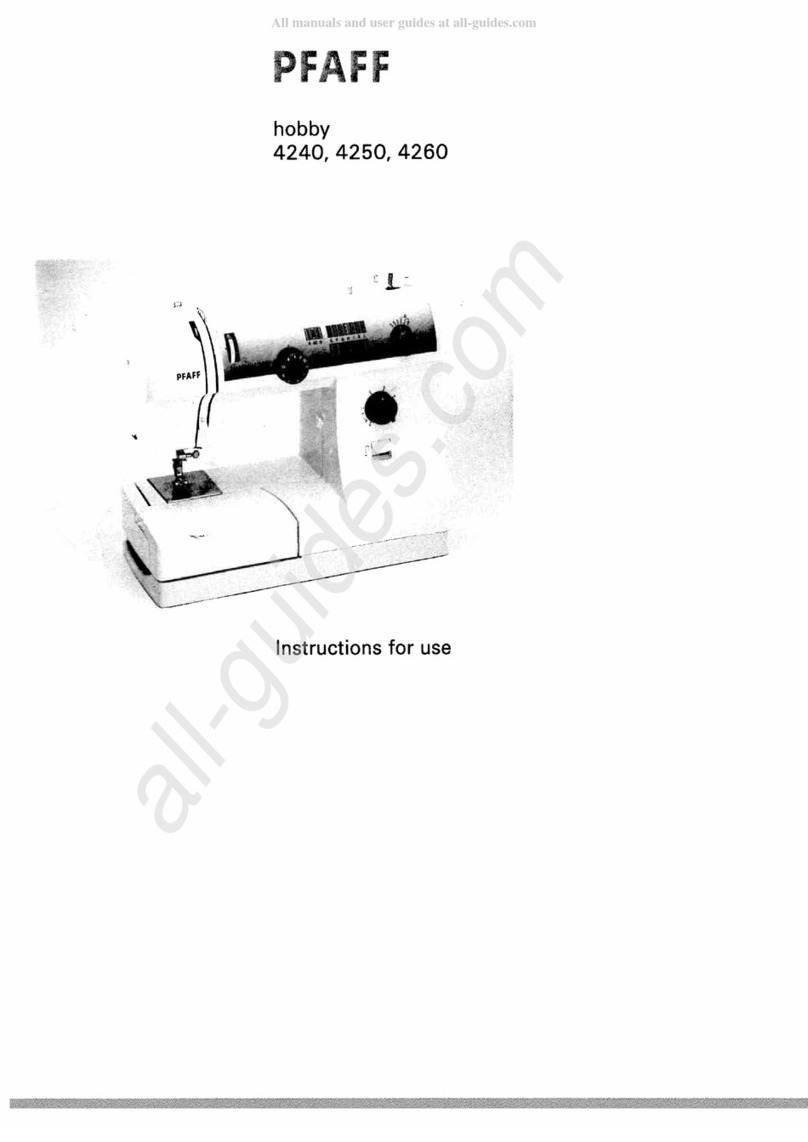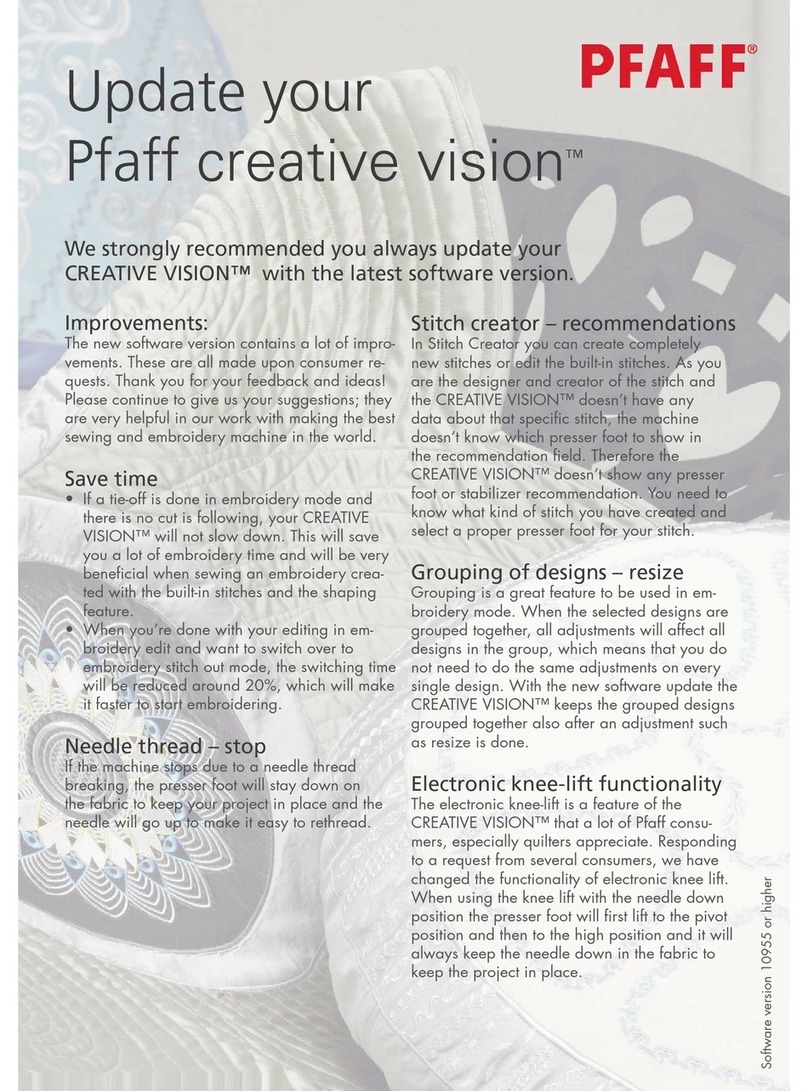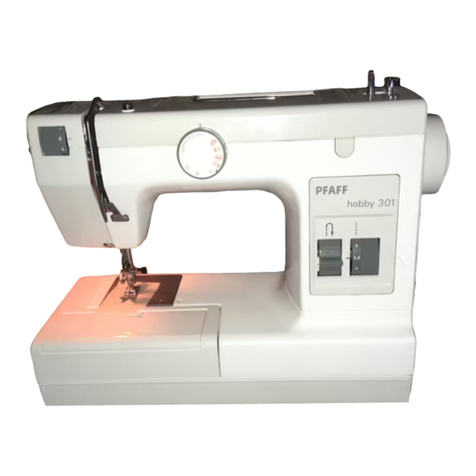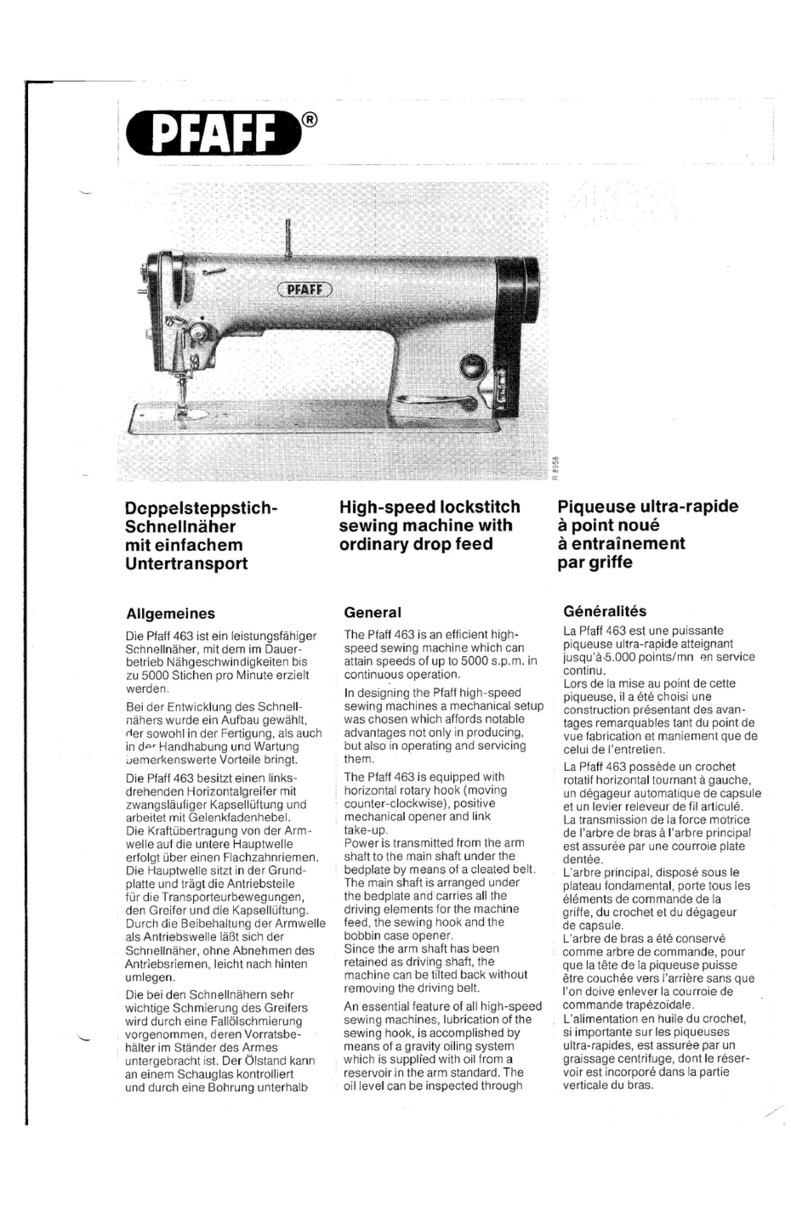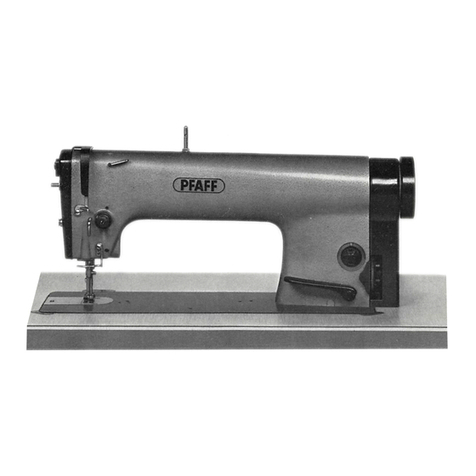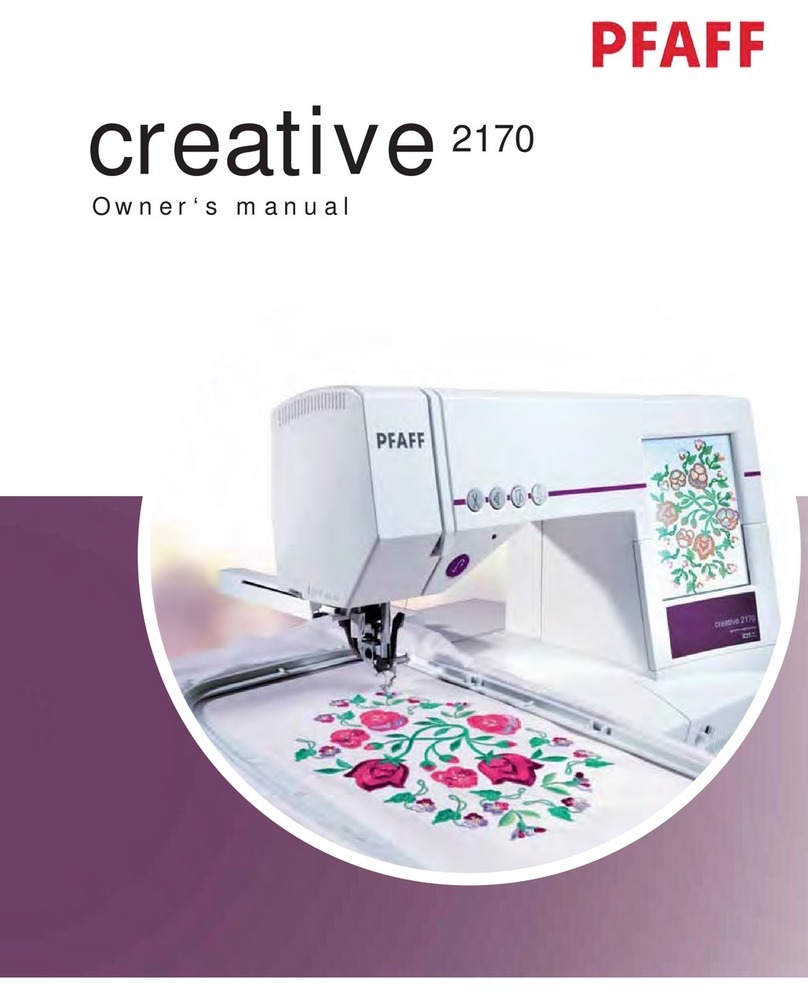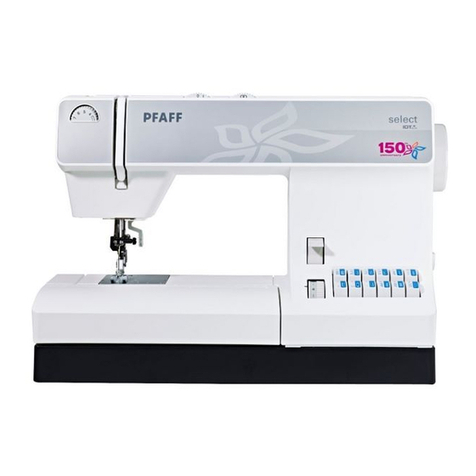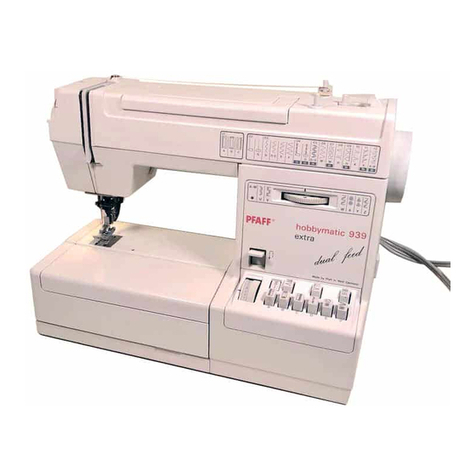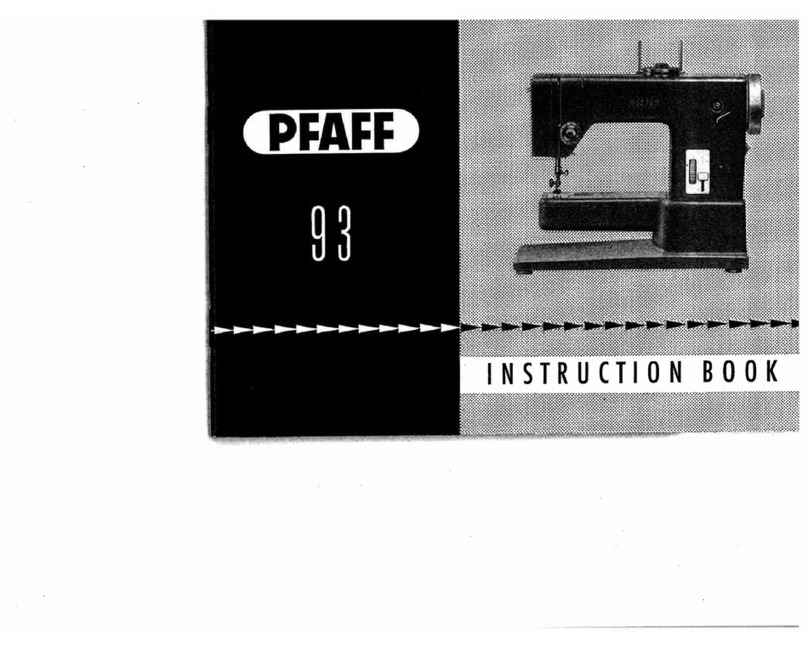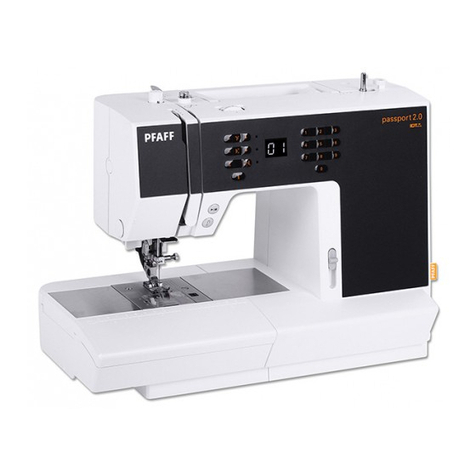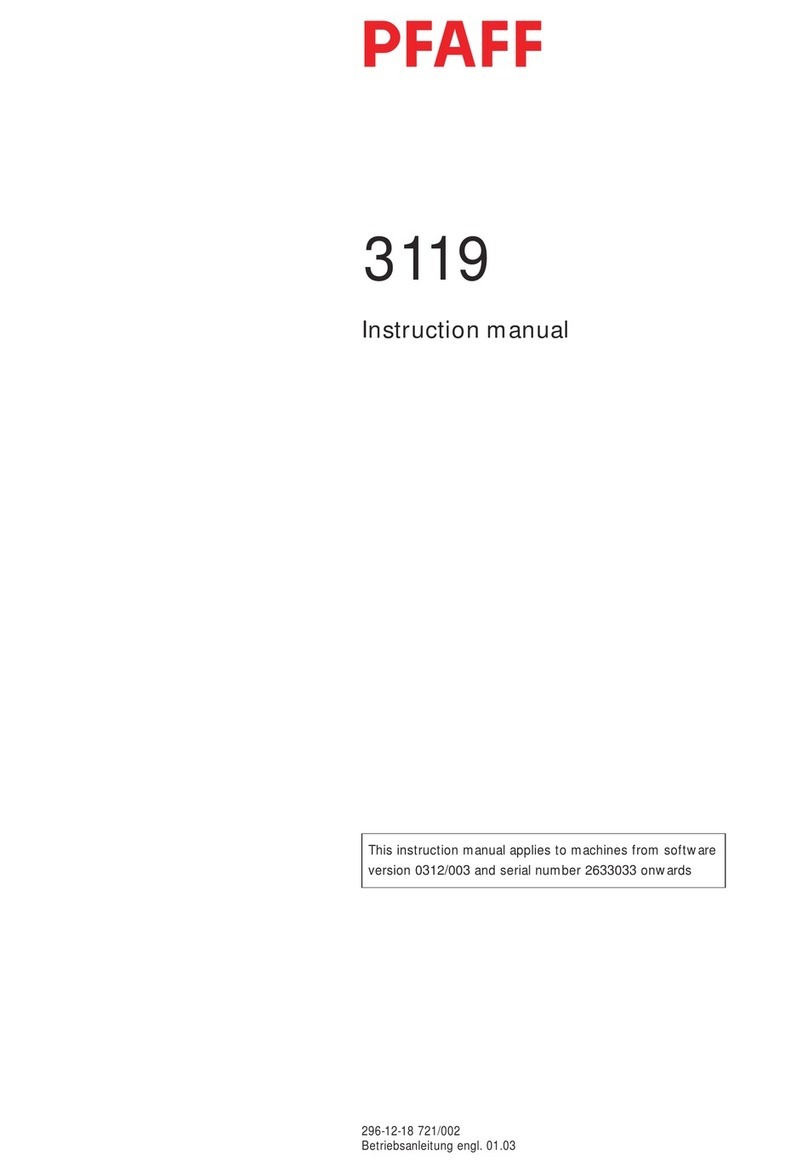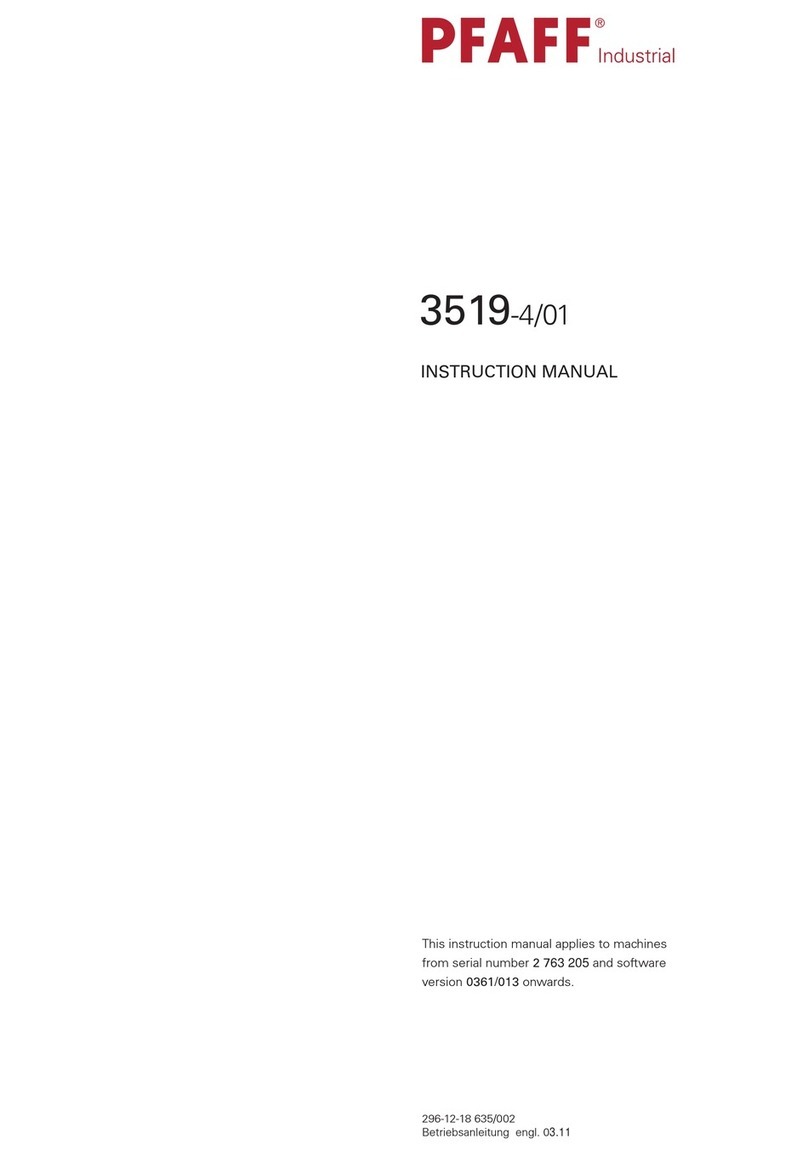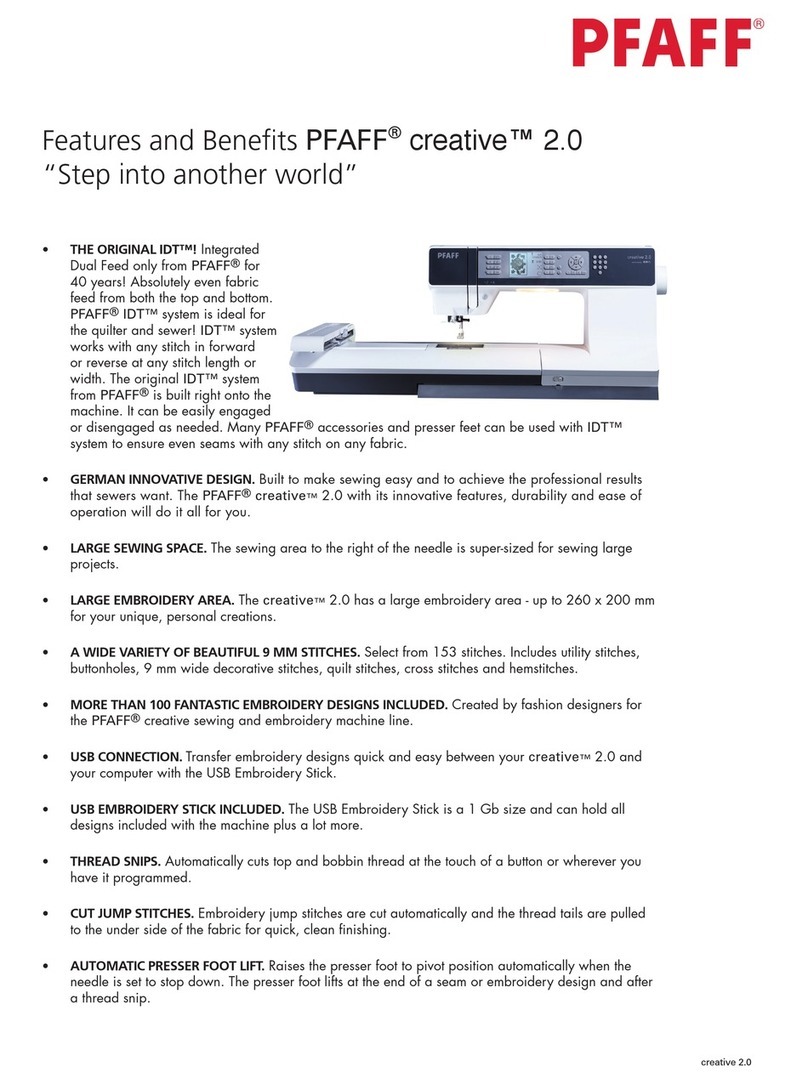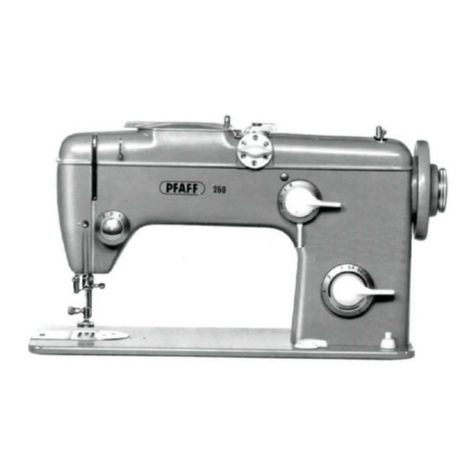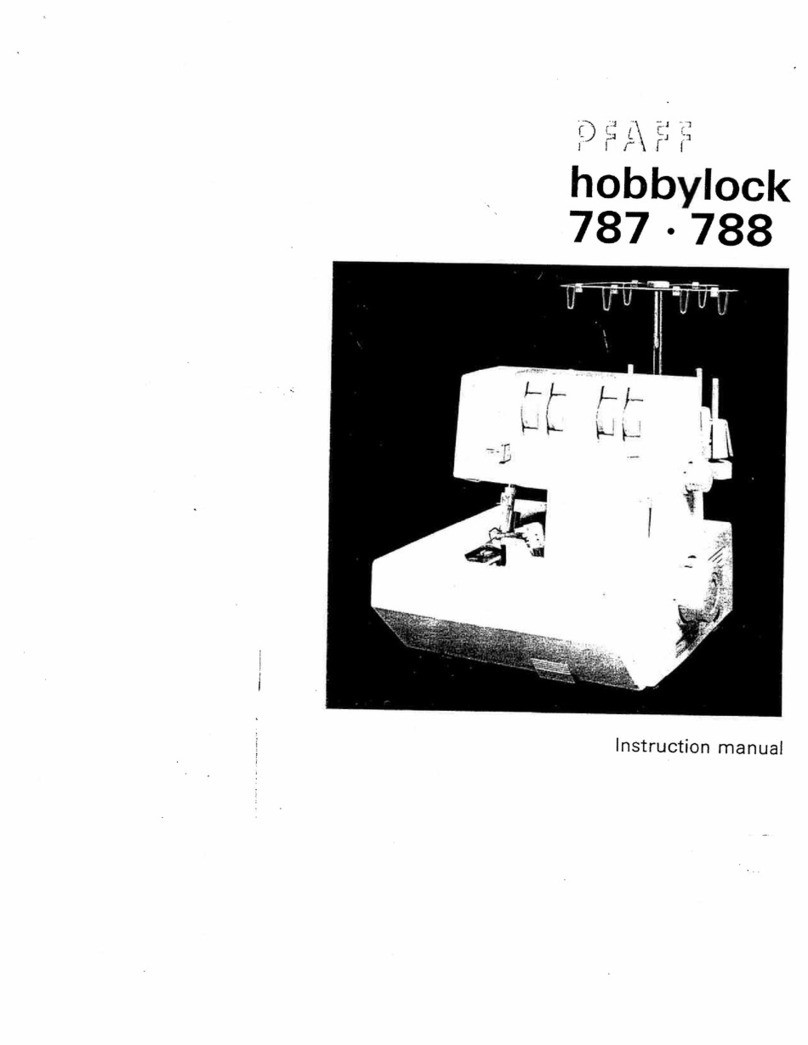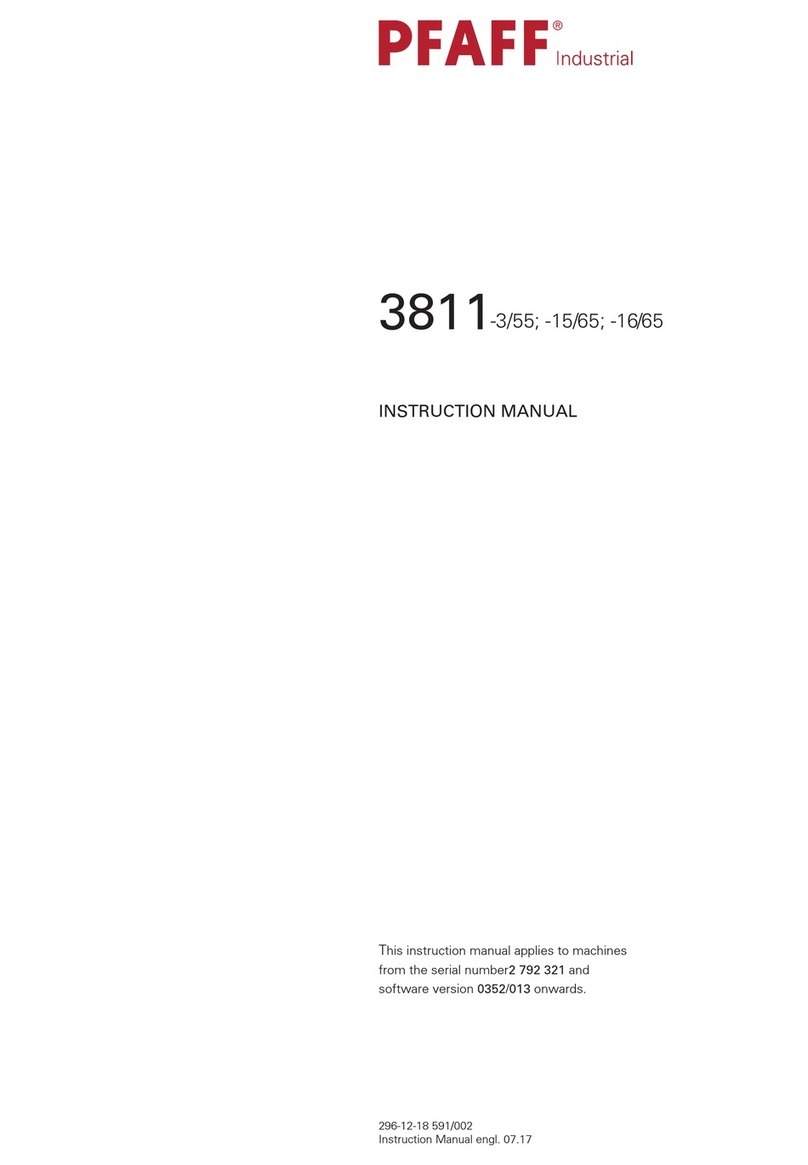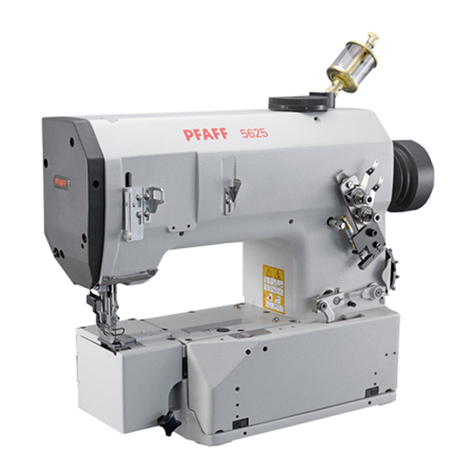
Table of Contents
Contents ..................................................................................Page
1Safety .................................................................................................................................... 5
1.01 Directives............................................................................................................................... 5
1.02 General safety instructions .................................................................................................... 5
1.03 Safety symbols ...................................................................................................................... 6
1.04 Special points of attention for the owner-operator................................................................. 6
1.05 Operating personnel and technical staff ................................................................................ 7
1.05.01 Operating personnel .............................................................................................................. 7
1.05.02 Technical staff ........................................................................................................................ 7
1.06 Danger warnings.................................................................................................................... 8
2Proper Use............................................................................................................................ 9
3Technical Datas................................................................................................................. 10
3.01 PFAFF 487............................................................................................................................ 10
4Disposal of the Machine .....................................................................................................11
5Transport, Packaging and Storage.................................................................................... 12
5.01 Transport to the customer's premises................................................................................. 12
5.02 Transport within the customer's premises .......................................................................... 12
5.03 Disposal of the packaging materials .................................................................................... 12
5.04 Storage ................................................................................................................................ 12
6Work Symbols .................................................................................................................... 13
7Operating Controls ............................................................................................................ 14
7.01 Main switch ......................................................................................................................... 14
7.02 Keys on the machine head (only in machines with backtacking system -911/..) .................. 14
7.03 Pedal .................................................................................................................................... 15
7.04 Hand lever to raise the sewing foot ..................................................................................... 15
7.05 Lever for stitch length regulation and reverse sewing ......................................................... 16
7.06 Adjusting lever for the top feed............................................................................................ 16
7.07 Edge trimmer -731/11 .......................................................................................................... 17
7.08 Knee lever (in machines without backtacking system -911/..) .............................................. 17
7.09 Knee switch (only with subclass -918/14) ............................................................................ 18
7.10 Control panel (only in machines with P40 CD)..................................................................... 18
8Set-up and Initial Commissioning .................................................................................... 19
8.01 Set-up .................................................................................................................................. 19
8.01.01 Setting the table height........................................................................................................ 19
8.01.02 Inserting the sewing machine into the stand....................................................................... 20
8.01.04 Tensioning the V-belt............................................................................................................ 21
8.01.06 Assembling the upper V-belt guard ...................................................................................... 22
8.01.07 Mounting the synchroniser .................................................................................................. 23
8.01.08 Assembling the anti-tipping device ...................................................................................... 23
